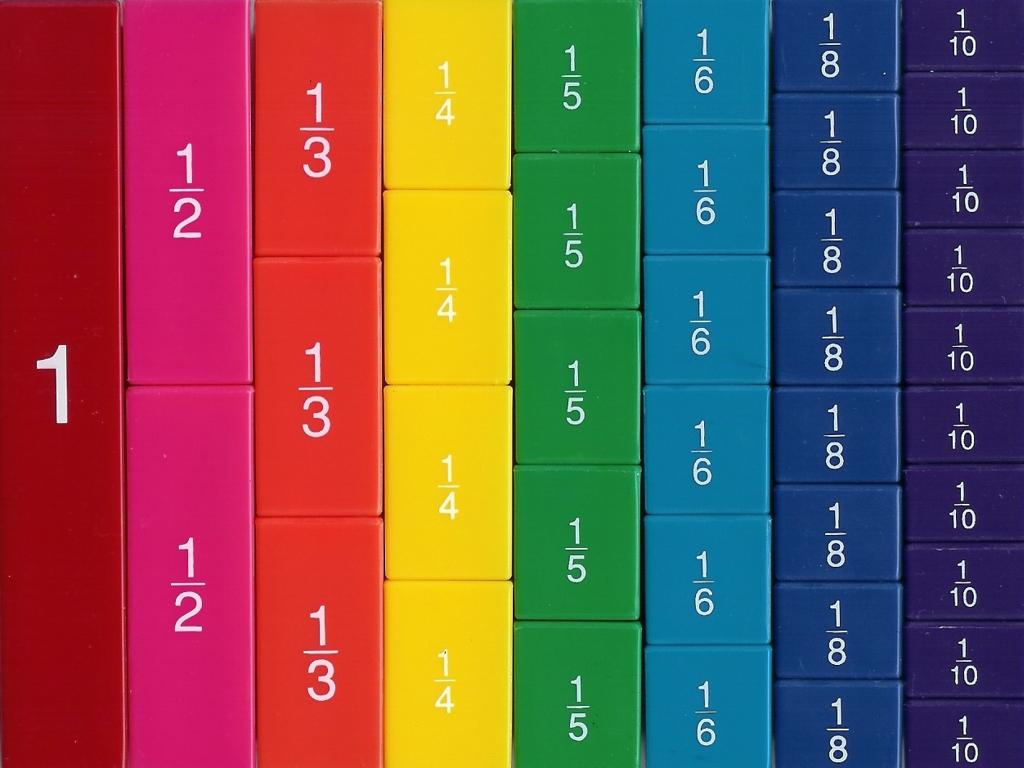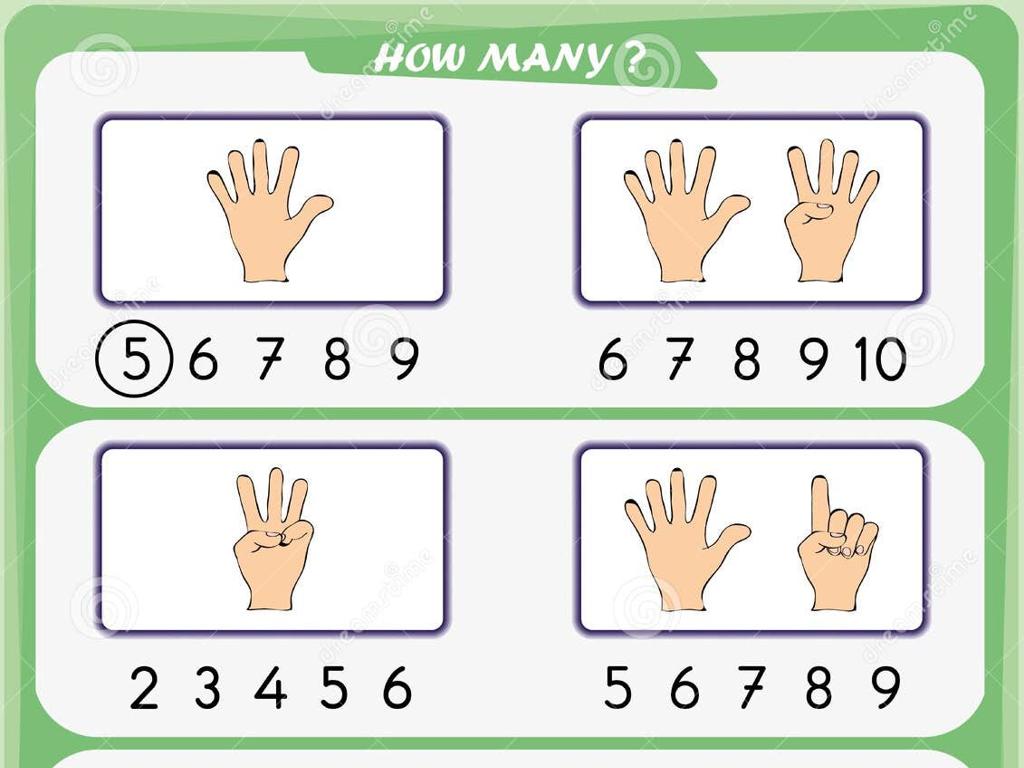Basic Economics Concepts
Subject: Economics
Grade: High school
Topic: Ap College Macroeconomics
Please LOG IN to download the presentation. Access is available to registered users only.
View More Content
Foundations of Economics
– Defining Economics
– Study of how people use resources to meet needs and wants.
– Principles of Economic Decisions
– Scarcity and choice, cost vs. benefit, and marginal analysis.
– Economics in Society
– Economics shapes communities, markets, and policies.
– Daily Impact of Economics
– Choices about spending, saving, and working affect us daily.
|
This slide introduces students to the basic concepts of economics, which is the study of how individuals and societies use limited resources to satisfy unlimited wants and needs. It’s important to discuss the principles that guide economic decisions, such as scarcity, which necessitates choice, and the evaluation of costs versus benefits. Highlight how economics plays a crucial role in shaping the society by influencing market dynamics, public policies, and community development. Emphasize the relevance of economics in students’ daily lives, as it affects their personal financial decisions and career choices. Encourage students to think critically about how economic concepts apply to real-world scenarios and to recognize the interconnectedness of economic decisions at both micro and macro levels.
Scarcity and Choices in Economics
– Scarcity in economic terms
– Limited resources vs. unlimited wants
– Choices driven by scarcity
– Every choice has a trade-off
– Understanding opportunity cost
– The value of the next best alternative
– Impact on individual and society
|
This slide introduces the fundamental economic problem of scarcity and its consequences on decision-making. Scarcity, a situation where limited resources cannot meet all our unlimited wants, forces individuals and societies to make choices. Each choice comes with an opportunity cost, which is the value of the next best alternative given up when a decision is made. It’s crucial for students to grasp that every decision incurs a cost, and this concept is the cornerstone of economic thinking. Discuss examples like budgeting personal finances or government allocating funds for public projects to illustrate the real-life implications of scarcity and opportunity cost.
Supply and Demand: Fundamental Economics
– The Law of Demand explained
– As price decreases, quantity demanded increases, and vice versa.
– Understanding the Law of Supply
– As price increases, quantity supplied increases, and vice versa.
– Market Equilibrium concept
– The point where the quantity demanded equals quantity supplied.
– Interplay of Supply and Demand
– Equilibrium is found where the supply curve and demand curve intersect.
|
This slide introduces students to the foundational concepts of supply and demand in AP Macroeconomics. The Law of Demand illustrates that consumers will purchase more of a good as its price drops. Conversely, the Law of Supply shows that producers are willing to sell more of a good as its price rises. Market Equilibrium is achieved when the amount of goods buyers are willing to buy equals the amount sellers are willing to sell, often visualized where the supply and demand curves intersect on a graph. Understanding these concepts is crucial for students as they form the basis for more advanced economic theories and real-world applications. Examples can include the pricing of consumer goods like electronics or the effects of sales on demand.
Elasticity of Demand and Supply
– Define price elasticity
– Elasticity measures how quantity demanded/supplied responds to price changes.
– Explore factors affecting elasticity
– Availability of substitutes, necessity, time frame, and proportion of income influence elasticity.
– Real-world elasticity applications
– Examples: luxury goods vs. essential goods, short-term vs. long-term adjustments.
– Analyze elasticity impacts
– Understanding elasticity helps businesses and governments make informed decisions.
|
This slide introduces the concept of elasticity in economics, which is crucial for understanding how changes in price can affect the demand and supply for goods and services. It’s important to explain that elasticity is a measure of responsiveness. Factors such as the availability of substitutes, whether a good is a necessity or luxury, the time frame for the consumer’s response, and the proportion of income spent on the good can all affect elasticity. Provide real-world examples to illustrate these concepts, such as the difference in elasticity between luxury cars and bread. Discuss how businesses use elasticity to set prices and how governments might use it to predict the impact of taxes or subsidies. Encourage students to think of examples from their own experiences where they’ve noticed changes in demand or supply due to price changes.
Exploring Economic Systems
– Types of economic systems
– Traditional, Command, Market, and Mixed systems
– Capitalism vs. Socialism
– Capitalism: private ownership. Socialism: state control
– Mixed economies
– Combines private and public ownership
– Addressing scarcity and allocation
– Systems determine resource distribution based on scarcity
|
This slide introduces students to the fundamental economic systems that shape societies. Begin with an overview of the different types of systems: traditional, command, market, and mixed. Explain how capitalism emphasizes private ownership and market forces, while socialism advocates for state control of resources. Mixed economies blend elements of both. Discuss how each system approaches the problem of scarcity and the allocation of resources, which is a central concern in economics. Use real-world examples to illustrate how different countries implement these systems and the impact on their economies and citizens. Encourage students to think critically about the advantages and disadvantages of each system.
Understanding the Production Possibilities Frontier
– PPF illustrates scarcity and choice
– Shows the trade-offs between two goods, highlighting limited resources.
– Efficiency and growth on the PPF
– Points on the curve represent efficient production; growth shifts the curve outward.
– Shifts in the PPF
– Caused by changes in resources, technology, or business environment.
– Implications of PPF shifts
– Indicate economic health; inward shifts suggest economic decline, outward shifts suggest growth.
|
The Production Possibilities Frontier (PPF) is a fundamental concept in economics that demonstrates the idea of scarcity and the necessity of making choices. It represents the maximum possible output combinations for two goods or services that an economy can achieve when all resources are fully and efficiently utilized. When teaching this concept, emphasize the trade-offs and opportunity costs involved in these decisions. Efficiency is achieved when an economy operates on the PPF curve, while economic growth is represented by an outward shift of the curve. Shifts in the PPF can result from changes in resource availability, technological advancements, or shifts in the business environment, and they have significant implications for the economy’s health. Use real-world examples, such as the impact of a new technology on production capabilities, to illustrate these shifts and their effects.
Class Activity: Economic Decision-Making
– Understand real-life economic choices
– Group activity on scarcity choices
– Work in groups to decide on resource allocation
– Present your group’s decisions
– Each group will explain their choices to the class
– Reflect on the decision-making process
– Discuss what was learned and the impact of scarcity
|
This activity is designed to help students apply economic concepts to everyday decisions, emphasizing the impact of scarcity on choice. Divide the class into small groups and present them with a scenario where resources are limited, requiring them to make tough economic choices. After the group work, each group will present their decision-making process and the outcomes of their choices to the class. Encourage active discussion and reflection on how scarcity influenced their decisions. Possible scenarios include budgeting a limited amount of money, dividing time between tasks, or allocating scarce materials in a project. This will help students understand the trade-offs and opportunity costs involved in economic decision-making.






